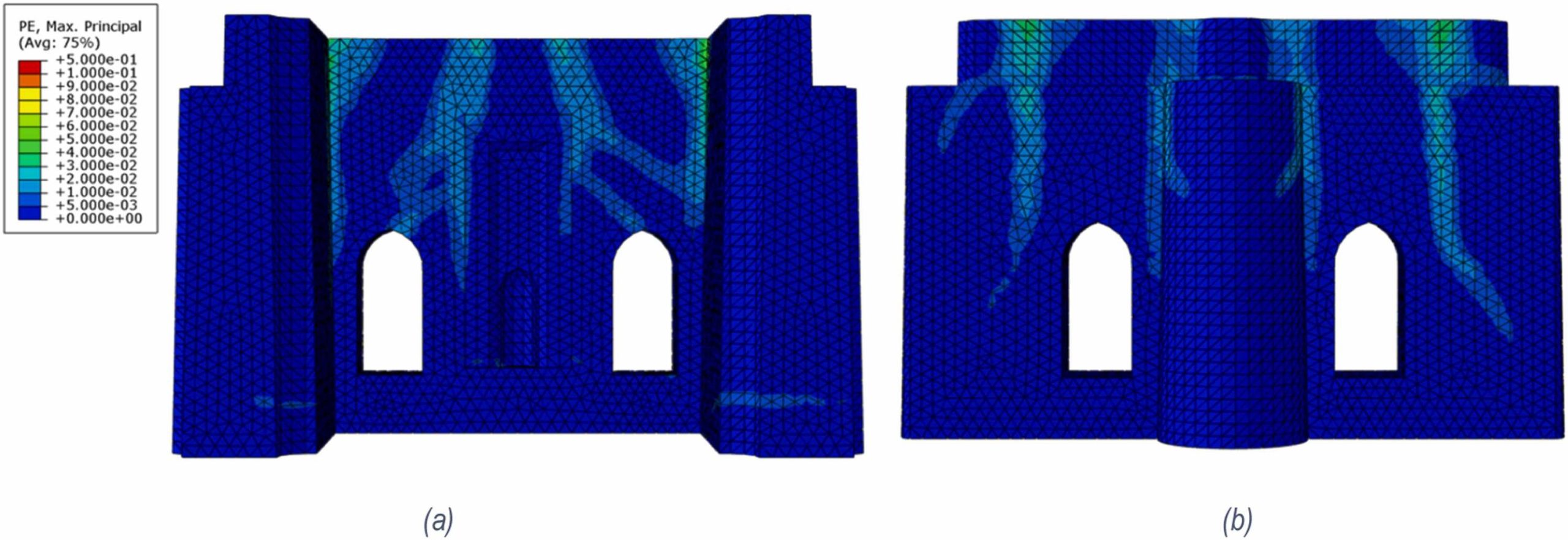The S4H team recently published a research paper in the Journal of Structures, authored by Dr. Shaghayegh Karimzadeh, and Prof. Paulo B. Lourenço, in collaboration with Mr. Ahmad Fathi. The study presents a detailed seismic assessment of the Arge-Tabriz monument in northwest Iran, a region of high seismic hazard but limited recent large earthquakes. Stochastic finite-fault simulations with a dynamic corner frequency approach are used to generate scenario ground motions that reflect uncertainties in the North Tabriz Fault rupture. After calibrating a finite-element model of the monument in ABAQUS with measured natural frequencies, the authors perform nonlinear static (pushover) and dynamic time-history analyses. Fragility curves based on drift and Park–Ang damage indices are developed. Results show that the structure has a very high probability (≈100 %) of exceeding the damage limitation state at a PGA of 0.35 g, about 20 % probability of significant damage at 0.35 g rising to 40 % at 0.6 g, and no indication of near-collapse even at 0.6 g. Numerical crack patterns match observed damage, confirming the model’s validity. Overall, the study shows that simulated ground motions can effectively serve as reliable substitutes for real earthquake records when assessing the seismic resilience of heritage monuments.
The full paper can be accessed at Link.
Share this post
